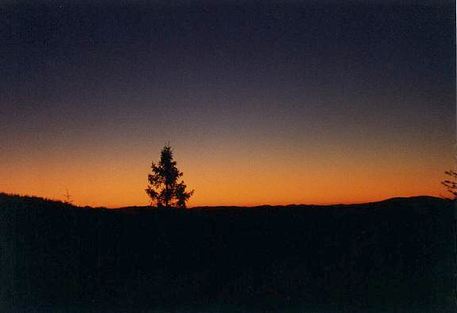Mount Suhora Astronomical Observatory

Sunset as seen from the Observatory
› 24 days of cosmic wonder
› Meteor shower calendar
› How to observe meteor showers
› 13 spooky images for Halloween
› How to see Comet Lemmon
› Hubble revisits a cosmic yardstick
› Europe’s planet hunting spacecraft complete and ready for final testing
› See Titan’s shadow transit Saturn – next chance 2038!
› Nova outburst in Centaurus
› Astronomy Now relaunches digital platform






